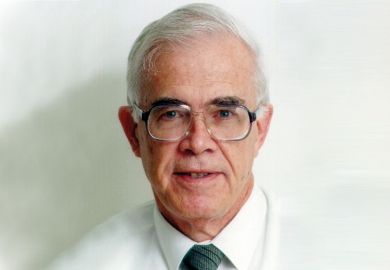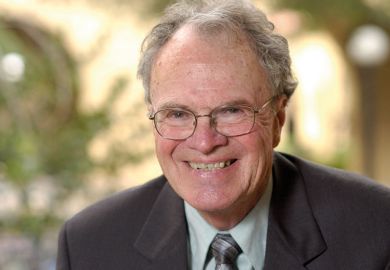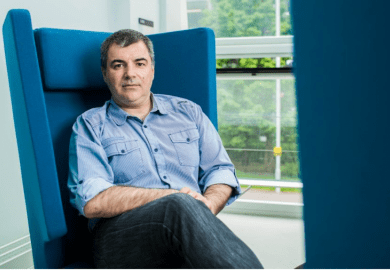A Dutch physicist who survived a concentration camp and became a leading figure in quantum physics, described as having merited a Nobel prize, has died.
Clemens Roothaan was born in Nijmegen, the Netherlands on 29 August 1918 and began a physics degree at the then Delft Institute of Technology, now Delft University of Technology. When the Second World War broke out and the Netherlands was occupied by Germany, his brother Vic joined the Dutch Resistance. Clemens and another brother, Jan, were interned in the Vught concentration camp in the southern Netherlands.
This might not sound conducive to further study, but the nearby electronics giant Philips had been taken over by the Germans and was looking for prisoners with scientific skills. Some of Professor Roothaan’s former professors were working with Philips and suggested some problems for him to work on, so the initial calculations that formed the basis of his master’s thesis were made while imprisoned in a Nazi concentration camp.
Later in the war, Professor Roothaan was transported to the far more brutal Sachsenhausen concentration camp in Germany and sent on a death march to the Baltic Sea before being saved by American troops. After gaining his master’s degree, he obtained a Guggenheim Fellowship and become a research associate at the University of Chicago (1949-50). He completed his PhD in 1950 and became a professor two years later, eventually retiring in 1988 as Louis Block professor emeritus of chemistry and physics.
Once established at Chicago, Professor Roothaan teamed up with 1996 Nobel laureate Robert Mulliken to analyse the behaviour of electrons within molecular orbits. While reflecting on this during a concert, he suddenly realised that earlier theories had been based on the wrong assumptions.
This led him to propose a new model for determining the structures of atoms and molecules, using what became known as the Roothaan equations, which was adopted as the standard approach. His pioneering 1951 paper in Reviews of Modern Physics is still cited today. He was also an early enthusiast for applying the first generation of computers to the complex calculations of subatomic physics.
“Clemens was a foundational figure in the field of quantum chemistry,” said R. Stephen Berry, James Franck distinguished service professor emeritus of chemistry at Chicago. “He is probably the person who most deserved but never received the Nobel prize.”
After retiring from Chicago in 1988, Professor Roothaan worked for Hewlett-Packard, where his roles included liaising on Cern’s Large Hadron Collider about its computing requirements. He died on 17 June and is survived by five children and five grandchildren.
Register to continue
Why register?
- Registration is free and only takes a moment
- Once registered, you can read 3 articles a month
- Sign up for our newsletter
Subscribe
Or subscribe for unlimited access to:
- Unlimited access to news, views, insights & reviews
- Digital editions
- Digital access to THE’s university and college rankings analysis
Already registered or a current subscriber?








